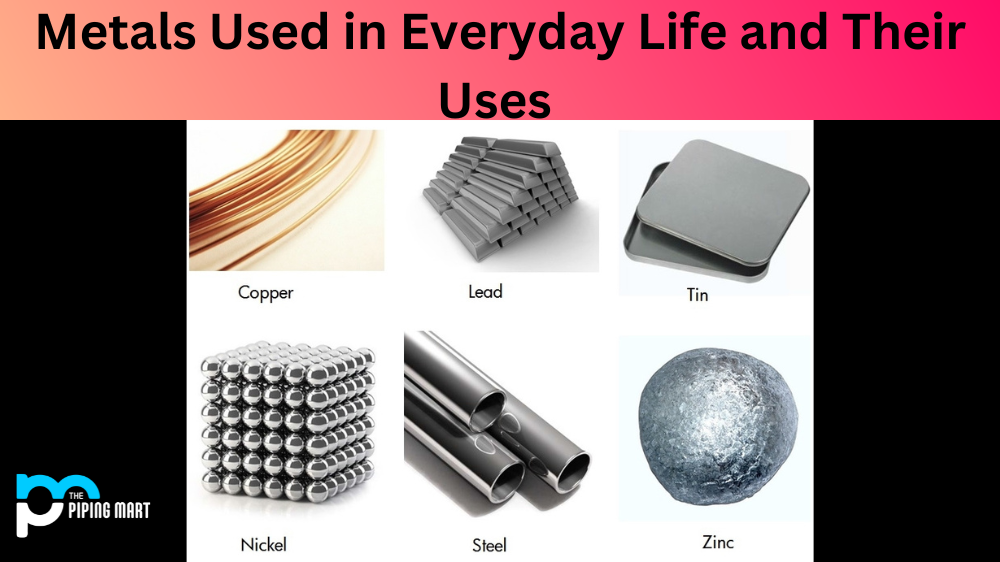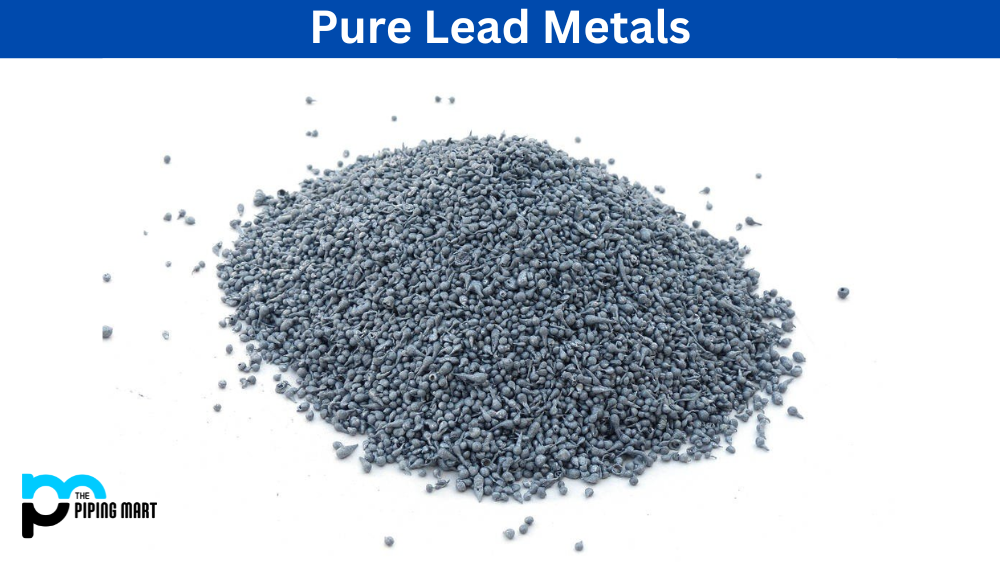Metals are all around us. From the cars we drive to the jewelry we wear, metals have a major role to play in our everyday lives. In this article, we’ll take a look at 5 of the most common metals used today and the roles they play.
Aluminum –
Aluminum is one of the lightest and most abundant elements on earth, making it an ideal choice for many applications. It’s used in everything from construction materials (like roofing) to food packaging and aircraft components. Thanks to its lightweight nature and corrosion resistance, aluminum is also often used as an alternative to heavier steel components in vehicles like cars and boats.
Steel –
Steel has been around for centuries, and while it has gone through many iterations over the years, it remains one of the most widely-used metals today. It’s strong yet malleable, making it perfect for a variety of uses, including bridges, buildings, and even some types of artwork. Steel is also commonly used for automotive parts like springs, axles, and frames due to its strength and durability.
Copper –
Copper is another metal that has been around since ancient times but still finds plenty of modern uses. Its malleability makes it ideal for plumbing pipes as well as electrical wiring due to its excellent conductivity properties. Copper is also antimicrobial and resistant to corrosion, so it’s often used for cookware and utensils as well as medical equipment like MRI machines due to its non-toxic nature.
Iron –
Iron has been used by humans since antiquity thanks to its strength, ductility, malleability, affordability, abundance, recyclable properties, non-toxicity, rust resistance, durability, low melting point (compared with other metal alloys), electrical conductivity properties (at high temperatures), ease of casting into complex shapes & forms, etc. Today iron finds use across many industries, including construction (structural steel framing & reinforcement bars), automotive manufacturing (engine blocks & crankshafts, etc.), aerospace engineering (aircraft & spacecraft), industrial machinery production, etc. Iron is also alloyed with other elements such as carbon or nickel to form materials such as stainless steel, which can then be further processed into multiple products such as kitchen appliances or cutlery sets etc.
Zinc –
Zinc is another versatile metal that finds use across a number of different industries thanks to its relatively low cost compared with other metals such as copper or gold. Zinc is incredibly corrosion-resistant, which makes it perfect for outdoor applications where there will be exposure to moisture or saltwater, such as roofing nails or boat hulls/masts/poles, etc. Zinc also serves an important function in galvanizing iron & steel components thereby enhancing their corrosion resistance qualities too! Additionally, zinc can be found in coins/currency notes/credit cards (as an anti-counterfeiting measure) & even batteries due to its electrical conductive properties when combined with other elements such as copper or silver!
Conclusion:
Metals are all around us—from the cars we drive to the jewelry we wear—and have countless uses across multiple industries thanks to their strength, versatility, affordability, and recyclability qualities, among others! From aluminum and steel right down through zinc, there’s no shortage of ways that these key elements can help make our lives easier on a daily basis! So next time you think about how much you rely on these amazing materials, take a moment to appreciate just how far they’ve come over the years!

Pipingmart is a B2B portal that specializes in metal, industrial and piping items. Additionally, we share the latest information and information about materials, products and various types of grades to assist businesses that are involved in this business.




